Why Is My Kenmore Sewing Machine Sewing Backward?
Have you ever been sewing along, and suddenly your sewing backward starts sewing backward? It’s a frustrating feeling, but why does this happen?
In short, there are a few reasons your Kenmore sewing machine might be sewing backward. It could be that the needle is inserted incorrectly, the stitch length is set too low, the feed dogs are not engaged, or the sewing machine is not threaded correctly. All of these issues cause the machine to sew in reverse.
If you are a victim of a backward-sewing machine, don’t fret. This blog will show you more possible reasons why this happens and some easy solutions to get your machine sewing forwards again in no time.
Common Causes of a Kenmore Sewing Machine Sewing Backward
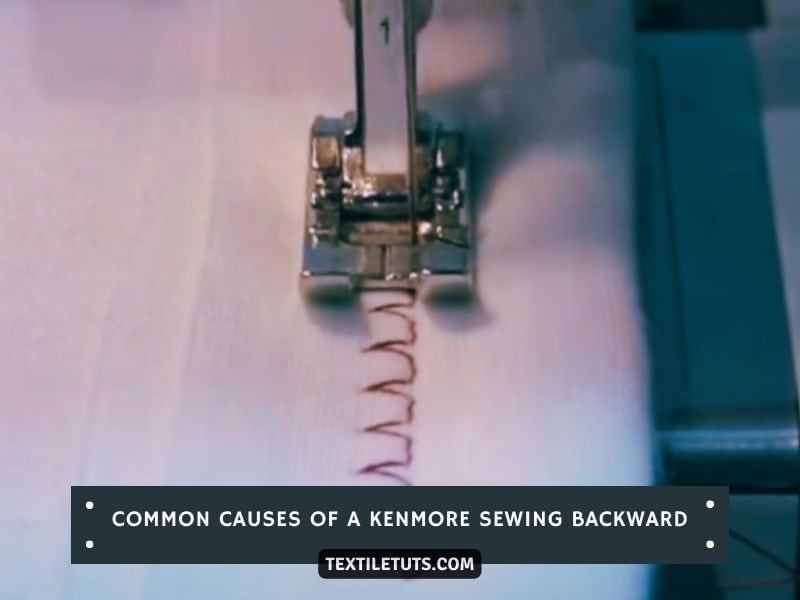
If you’ve ever found your Kenmore sewing machine sewing backward, you’re not alone. This is a common problem that can have a few different causes. Here are all of them:
Needle Is Incorrectly Inserted
One of the most common causes of a backward Kenmore sewing machine is inserting the needle incorrectly. If the needle is not inserted all the way or at an angle, it can cause the machine to sew backward.
The Timing Is Off
Another common cause of a Kenmore sewing machine sewing backward is that the timing is off. If the timing is off, it can cause the needle to sew in the wrong direction.
Bobbin Is Inserted Incorrectly
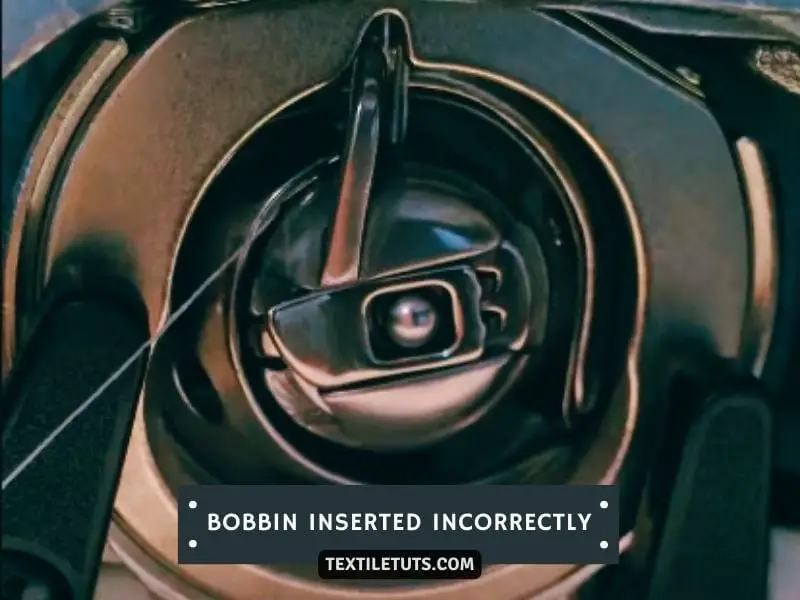
If the bobbin is not inserted correctly, it can cause the machine to sew backward.
Tension Is Off
The Kenmore sewing machine may sew backward when the tension is off. If the tension is too loose or too tight, it can cause the machine to sew backward.
Feed Dogs Are Not Engaged
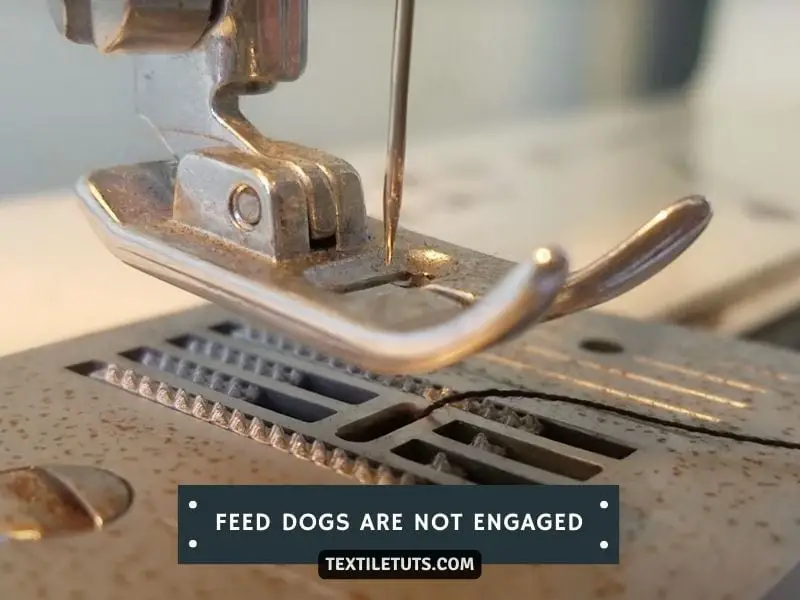
If the feed dogs are not engaged, the machine might sew backward. The feed dogs are the teeth that move the fabric through the sewing machine. When they are not engaged, the machine will not be able to sew in a straight line and will sew backward.
The Machine Is Not threaded Correctly
Another common cause of a Kenmore sewing machine sewing backward is that the machine is not threaded correctly. If the machine is not threaded correctly, the needle will not be able to pick up the thread and will sew backward.
Not Oiled
Regular oiling on the machine keeps its performance smooth. But when it is not appropriately oiled, the parts will not move smoothly and cause the machine to sew backward.
The Machine Is Dirty
If the machine is dirty, the parts will not move smoothly and will cause the machine to sew backward.
The Machine Is jammed
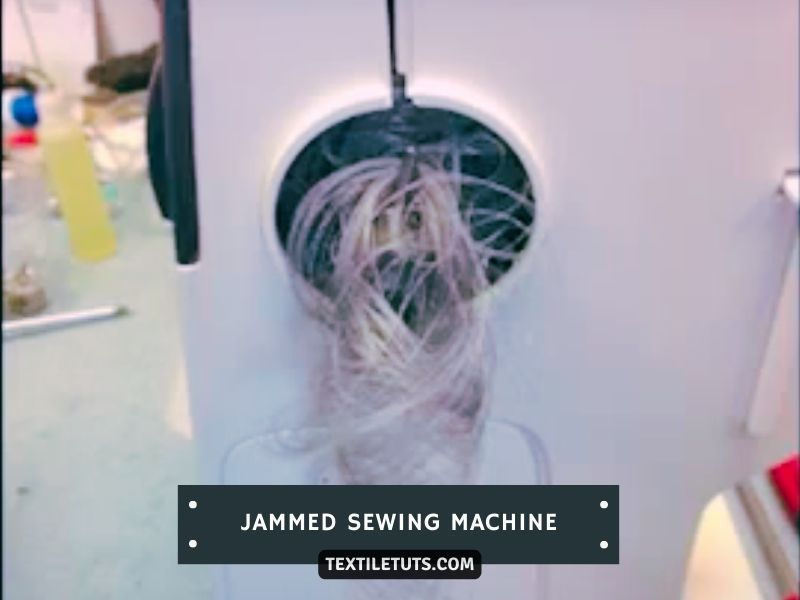
Backward sewing can happen when the machine is jammed. In that case, parts will get stuck frequently and will cause the machine to sew backward.
The Machine Is Broken
If the machine is broken, it will not be able to sew in a straight line and will sew backward.So these are some of the most common causes of a Kenmore sewing machine sewing backward. You can follow our fixing guide to fix your machine by yourself. Or you can take it to a professional to check and fix it.
How to Fix A Kenmore Sewing Machine That Is Sewing Backward?
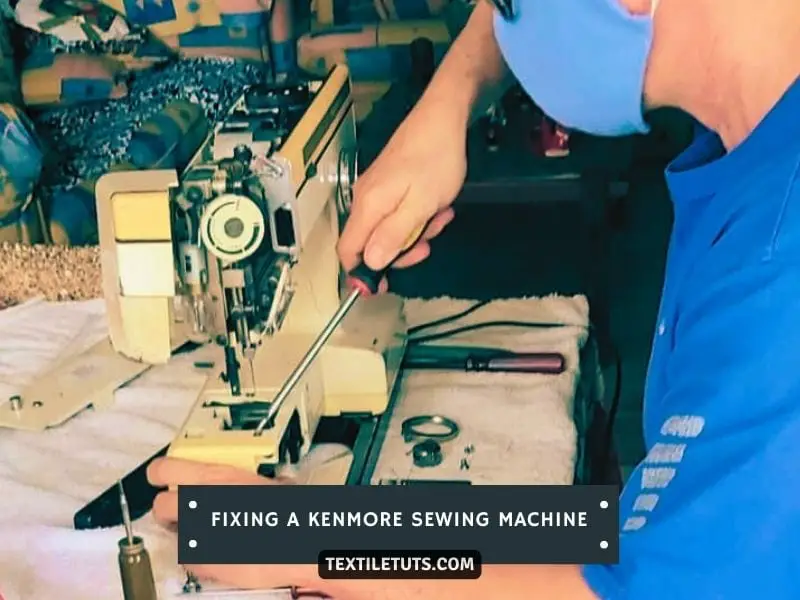
Checking the Basics
Ensure that your Kenmore sewing machine is set to sew in a forward motion and is in the straight stitch forward position. Press the reverse button to confirm that the spring action functions correctly. If the spring is missing, repositioned, or stretched out of shape, replace or adjust it accordingly.
Observe the Gear Movements
Uncover the top of your sewing machine with a screwdriver to reveal the gears. Press the reverse button and observe the gear teeth’s movement, making sure they’re shifting in the opposite direction.
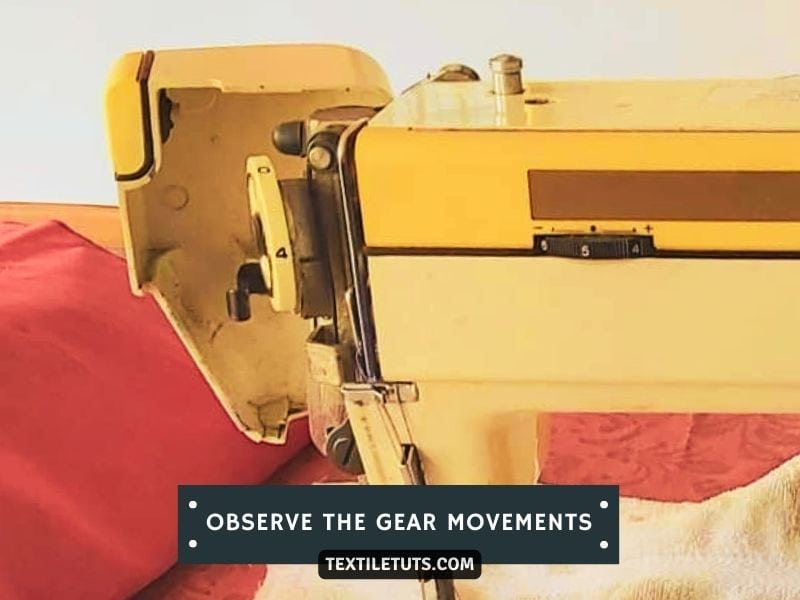
Inspect the Cam and Adjust as Necessary
Scrutinize the cam located at the top of your Kenmore sewing machine’s shaft. It’s positioned above a dual-pronged fork-like bar, and it should align with a line on the primary shaft (known as the timing mark). If the two lines don’t match up, loosen the cam’s screw, realign, and then tighten the screw.
Apply Heat to Loosen Hardened Lubricant
Use a hairdryer to blow hot air directly onto the top of your sewing machine. Simultaneously press the reverse button, as this heat may help to soften and dislodge any hardened lubricant which could be causing the reversal problem.
Lubricate the Reverse Mechanism
Add a small drop of sewing machine oil directly onto the reverse mechanism. As you do this, continue to lightly press the reverse button, encouraging it to revert to normal functionality.
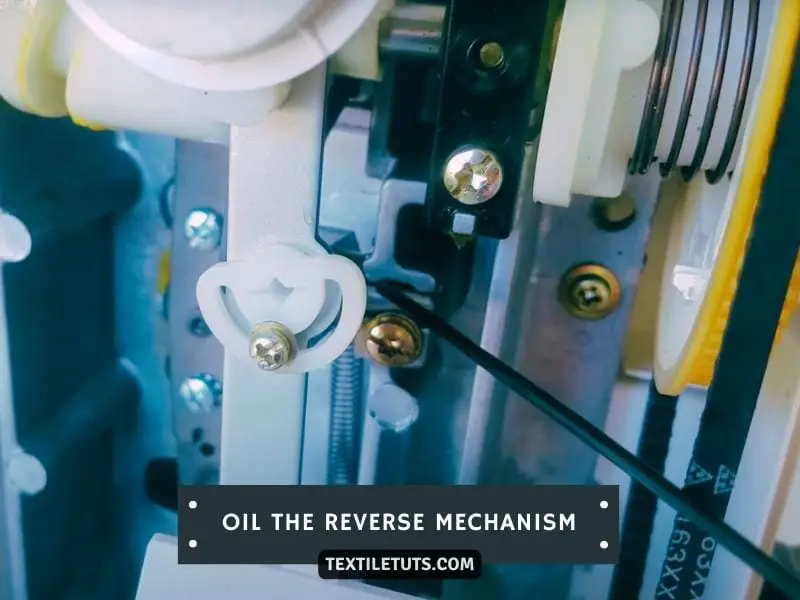
Reassemble and Test Sewing Machine
After lubricating, replace the sewing machine’s top cover. Check to see if the reverse button now operates correctly. If it doesn’t, you may need to repeat the process until you achieve the desired result.
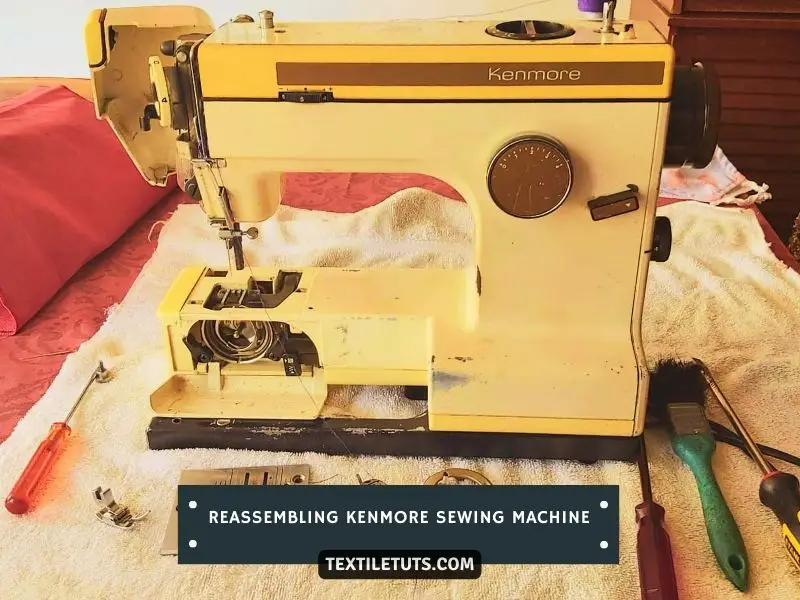
Is a Lower-Priced Sewing Machine More Likely to Sew Backward?
When it comes to finding the best sewing machine under $150, price doesn’t necessarily indicate sewing direction. However, it’s important to research different models to ensure you’re getting a reliable machine. Some lower-priced options may have limited features, but with proper care and maintenance, they can still sew forward just fine.
Final Words
Finally, we have come to the end of our journey to discover why your Kenmore sewing machine might be sewing backward. We have looked at various possible explanations, from simple user error to more complex issues with the machine itself.
In the end, the answer is likely to be a combination of factors, so it is important to troubleshoot each one systematically to find the root cause of the problem.
With patience and perseverance, you should be able to get your sewing machine forwards again in no time!
